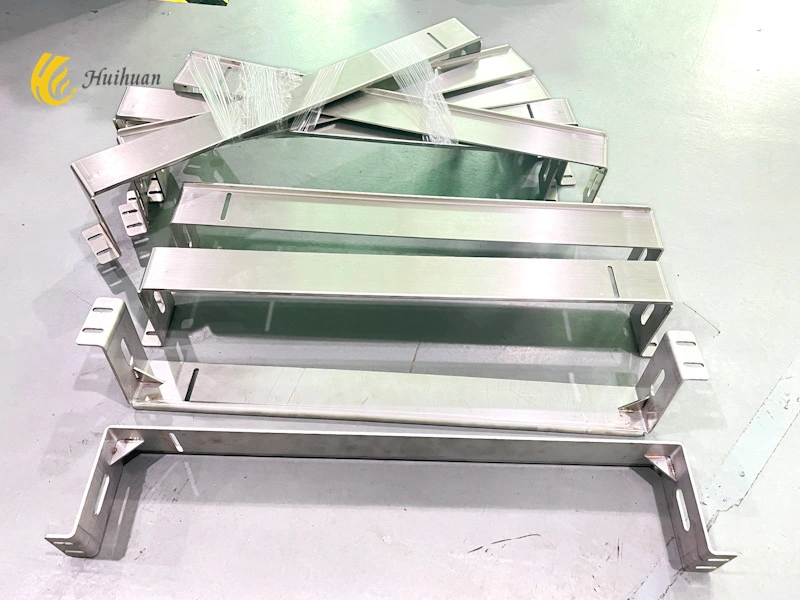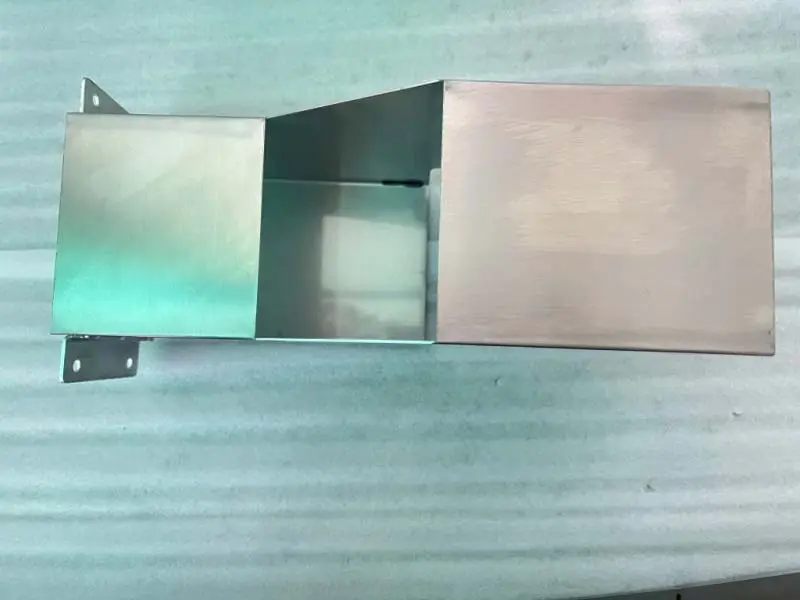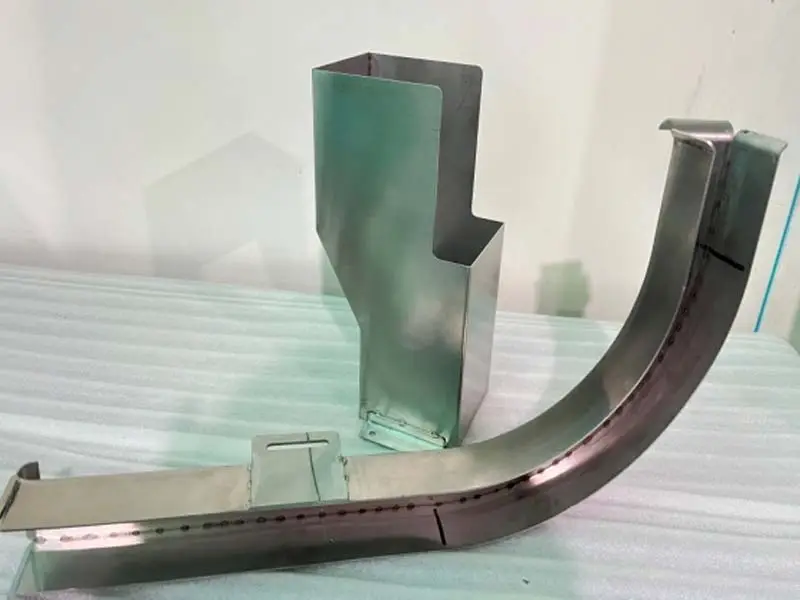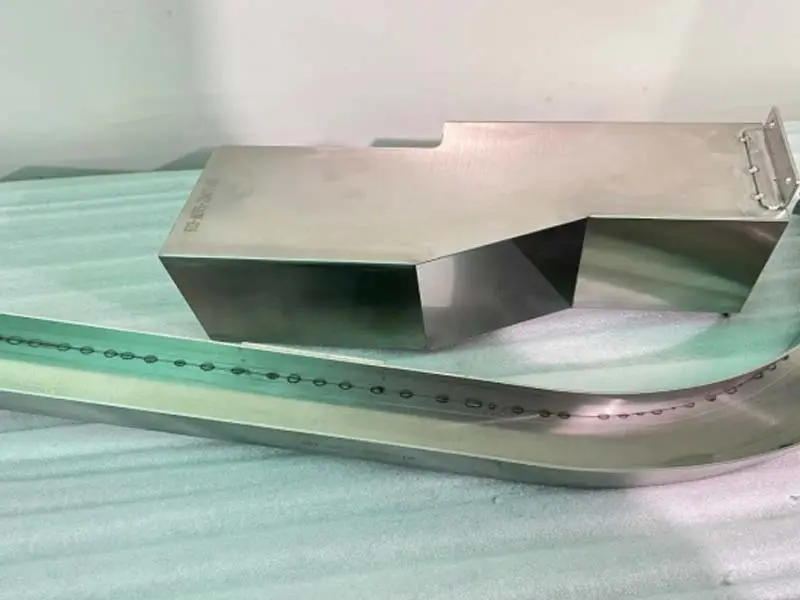



1. Durability: Sheet metal fabrication offers superior durability compared to other materials. It can withstand heavy pressure and extreme temperatures, making it ideal for industrial applications that require long-lasting parts.
2. Cost-effectiveness: Sheet metal fabrication is a cost-effective way to produce parts that require intricate shapes and designs. It can be done quickly and with minimal material waste, which helps reduce the overall cost of production.
3. Versatility: Sheet metal fabrication is incredibly versatile, and it can be used to make virtually any type of custom part. It is also possible to add other materials such as plastics, rubber, and foam to increase the part's performance.
4. Strength: Sheet metal fabrication provides parts with superior strength and rigidity, making them ideal for industrial applications where strength and stability are essential.
Computer-aided design (CAD) has become an integral part of sheet metal fabrication in modern industry. CAD is a powerful tool that can be used to design complex parts, automate manufacturing processes, and streamline production. By using CAD, sheet metal fabricators can save time and money while improving the quality of their products. With CAD, sheet metal fabricators can create accurate and detailed models of parts before they are cut, punched, or bent. This allows fabricators to quickly identify design errors and optimize the material usage.
CAD also simplifies the programming of CNC machines and other automated equipment, eliminating the need for manual programming. This increases the speed and accuracy of production, while reducing the time and cost associated with fabrication. CAD also enables fabricators to produce repeatable parts, which can result in significant cost savings. Finally, CAD allows fabricators to quickly make changes and updates to the design, reducing lead times for custom parts.
Let us be your resource to determine which manufacturing processes are right for your project. Start your project with a free quote.
